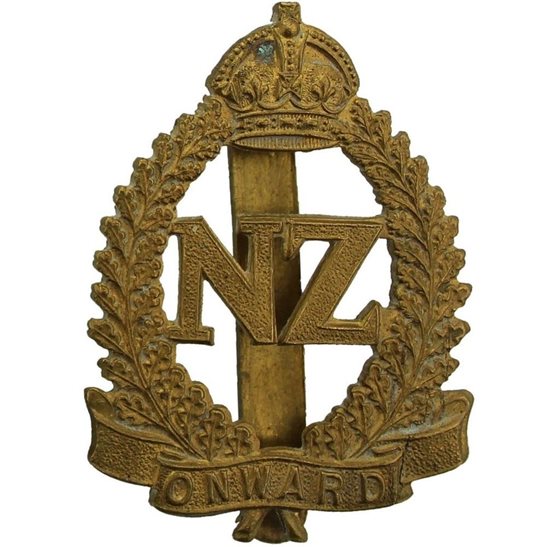Personal Details
Born: 11 July 1880 in Whitchurch, Shropshire.
Family: He was the fourth of six children born to Daniel Sherbrooke, a house painter, and his wife Caroline. He married Annie Maria Rogers on 18 November 1902 at Atcham registry office, Shropshire and together they had a daughter Ethel Mary.
Residence: He lived in 1881 with his parents and siblings in Highgate, Whitchurch; by 1891 the family had moved to 83 Green End, Whitchurch. In 1911 he was boarding at 55 Egerton Road, Whitchurch. He emigrated to New Zealand in 1913, living at 15 Alfred Street, East Wellington in 1919 and then 17 Derwent Street, Wellington where he died in 1931.
Employment: He was a baker in 1899, a postman in 1911, a painter in 1914 and a general labourer in 1918.
Died: 20 May 1931 in Karori, Wellington, New Zealand and is buried in Karori cemetery.
Military Details
Regiment: New Zealand Army
Rank: Lance Corporal
Service Number: 1/84
Date of Enlistment: 9 August 1914
Date of Discharge: 22 March 1915
Reason for Discharge: Own request
Other Information: He enlisted in the King’s Shropshire Light Infantry in 1899 and served in both South Africa (in the second Boer War) and India. In January 1907 he was transferred to the reserves and finally left the army on the 14 March 1913. On 27 March 1913 he emigrated to New Zealand but did not take his family with him. After his war service he re-enlisted on the 11 October 1918 and was discharged on 12 March 1921. Further information on his army records can be found with the following link.
http://ndhadeliver.natlib.govt.nz/delivery/DeliveryManagerServlet?dps_pid=IE21117005
.
Arthur was awarded the Campaign Medals (1914/15 Star, British War Medal and Victory Medal)

The 1914 Star (also known as 'Pip') was authorised under Special Army Order no. 350 in November 1917 and by an Admiralty Fleet Order in 1918, for award to officers and men of the British and Indian Expeditionary Forces who served in France or Belgium between 5 August and midnight of 22–23 November 1914. The former date is the day after Britain's declaration of war against the Central Powers, and the closing date marks the end of the First Battle of Ypres.
The 1914–15 Star (also known as 'Pip') was instituted in December 1918 and was awarded to officers and men of British and Imperial forces who served against the Central European Powers in any theatre of the Great War between 5 August 1914 and 31 December 1915. The period of eligibility was prior to the introduction of the Military Service Act 1916, which instituted conscription in Britain.
The British War Medal (also known as 'Squeak') was a silver or bronze medal awarded to officers and men of the British and Imperial Forces who either entered a theatre of war or entered service overseas between 5th August 1914 and 11th November 1918 inclusive. This was later extended to services in Russia, Siberia and some other areas in 1919 and 1920. Approximately 6.5 million British War Medals were issued. Approximately 6.4 million of these were the silver versions of this medal. Around 110,000 of a bronze version were issued mainly to Chinese, Maltese and Indian Labour Corps. The front (obv or obverse) of the medal depicts the head of George V. The recipient's service number, rank, name and unit was impressed on the rim.
The Allied Victory Medal (also known as 'Wilfred') was issued by each of the allies. It was decided that each of the allies should each issue their own bronze victory medal with a similar design, similar equivalent wording and identical ribbon. The British medal was designed by W. McMillan. The front depicts a winged classical figure representing victory. Approximately 5.7 million victory medals were issued. Interestingly, eligibility for this medal was more restrictive and not everyone who received the British War Medal ('Squeak') also received the Victory Medal ('Wilfred'). However, in general, all recipients of 'Wilfred' also received 'Squeak' and all recipients of The 1914 Star or The 1914/1915 Star (also known as 'Pip') also received both 'Squeak' and 'Wilfred'. The recipient's service number, rank, name and unit was impressed on the rim.

